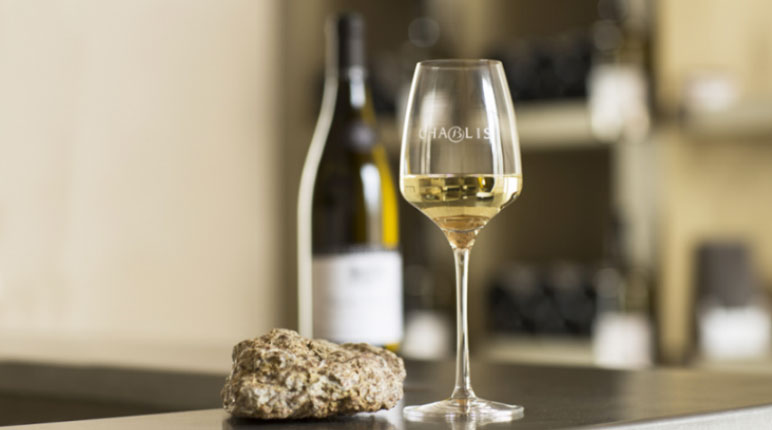Events
Chablis June Promotion
Situated between Paris and Beaune and planted exclusively with Chardonnay grapes, the Chablis region represents 20% of the Bourgogne vineyards.
This month, thanks to the Bourgogne Wine Board, we are happy to offer a special promotion on Chablis wines. All our Chablis wines will be included to our Everyday Wine Selection, which means that they will be part of the 20% discount for any order of 12 Bottles (mixed case or not).
We are also very excited to host a series of Wine Tastings in our store, our first wine tasting in a long time! Our wine tastings will be a great opportunity to learn about the specific soils and subsoils of Chablis, the difference between right bank and left bank and the specific micro-climates from the Grand Cru appellations.
Book your seat!
First come first serve.
Friday, 4 June
Friday, 11 June
Friday, 18 June
Friday, 25 June
7.30pm – 9pm
Free tasting – Limited to 6 People per session
Check out our Chablis collection
Gérard Tremblay, his wife and their son oversee a Domaine that they inherited from a line of five generations. With 35 hectares of vines underproduction, most of them in the best Premier Cru and Grand Cru appellations, their Chablis range is among the most prestigious in the region.
Gérard is justly famous for his ability to draw out the typicity of each of his distinct appellations, beautifully expressing the terroir vintage after vintage.

GERARD TREMBLAY
Petit Chablis 2020

GERARD TREMBLAY
Chablis 2020

GERARD TREMBLAY
1er Cru Montmain 2018
Did you know?
The Limestone of Chablis was formed during the Kimmeridgian period (150 million years ago), when Chablis was under a warm and shallow sea, which is why the Soils of Chablis contains lots of fossils, including fossils of small oysters.
Kimmeridgian soil is the principal soil type found in the wine areas of eastern Loire Valley, southern Champagne, and is at the heart of the Chablis wine region. The Kimmeridgian soil is named by French geologist Alcide d’Orbigny, a contemporary of Charles Darwin. He studied sea fossils of the Jurassic Period and realized that the layers of fossils were found in distinct layers of sedimentary rock from the Kimmeridgian (named for a town in England) period of the early Jurassic.


